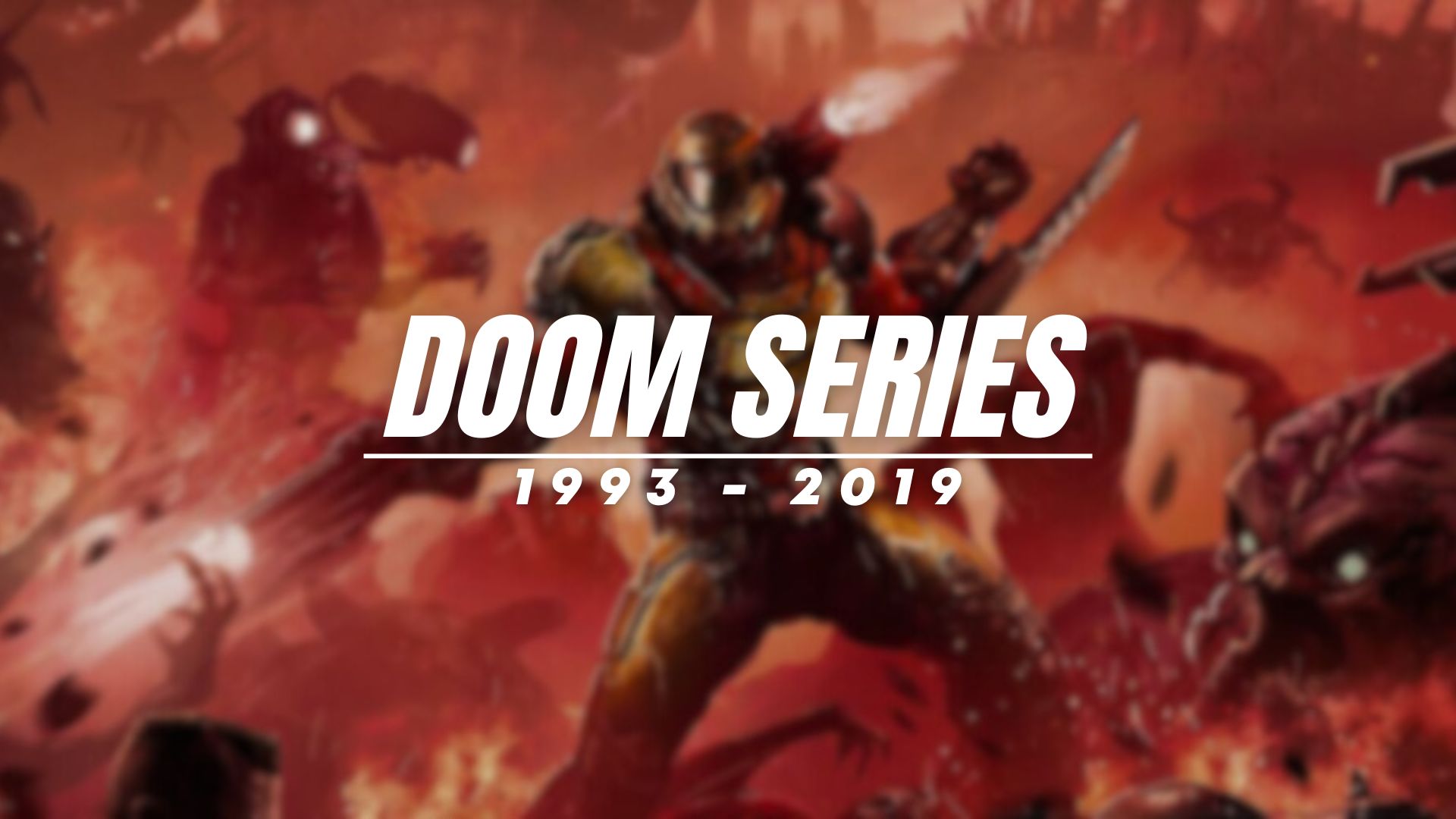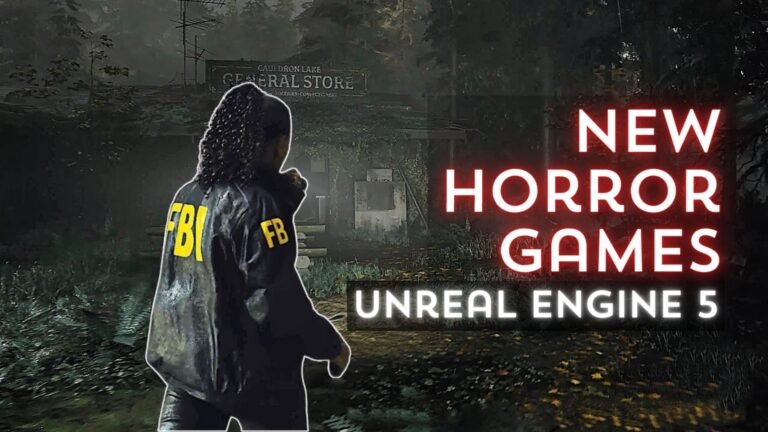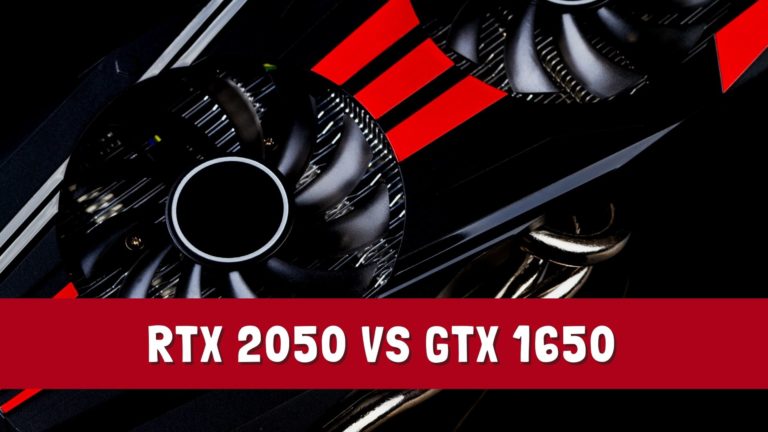The Doom series is one of the older franchises in gaming. It began in 1993 and now, in 2023, after 30 years, it has expanded to include not only games but also comics, novels, and movies. This franchise has a long history, and there have been reboots at various intervals, which can sometimes cause confusion for fans. Therefore, today, I will explain the entire Doom series from start to finish in this article.
Doom (1993)

The first installment of the Doom series was developed by a company called id Software. At that time, they were already known for creating games like Commander Keen and Wolfenstein 3D. However, they managed to develop the first part of the Doom series in just 12 months. Their hard work paid off, as the game became a huge success and made a significant impact on the gaming industry.
Most people interested in the gaming industry would be familiar with the main authors of this series, namely John Carmack, Tom Hall, and John Romero. All three of them have made significant contributions to the field of video game development. When discussing the game, it’s also worth mentioning Robert Prince, as he composed an excellent heavy metal and ambient soundtrack for Doom, which is well remembered.
In an interview, when John Carmack was asked about the inspiration behind the project, he mentioned being influenced by movies like Aliens and Evil Dead.
Tom Hall wrote the Doom bible, which outlined the plot of the game, set on a distant planet. Players would have had the opportunity to choose one of five characters to play the game. However, after a heated debate and rejection of the idea by Carmack, the game shifted to a single character known as the Doomguy. This disagreement led Tom Hall to leave id Software.
Upon its release in 1993, the game generated a significant amount of revenue. It featured players exploring different dimension levels and encountering various types of monsters.
The story of the game was explained through text as players progressed through each level. For example, “The nameless (DoomGuy) is currently on a Martian base, facing creatures that have arrived from hell due to teleportation experiments.” Players mainly fought demons from hell, solved easy puzzles, and searched for keys in the game.
Doom was one of the first games to offer a multiplayer mode, which revolutionized the future of online battles and gaming. The Doom Engine allowed gamers to modify the game to their liking. Weapons such as a single pistol, shotgun, machine gun, and rocket launcher were available in the game.
Additionally, at that time, almost all players knew about cheat codes like “iddqd” and “idkfa” to enhance their gameplay experience. However, the game faced criticism when some human psychologists blamed it for having a negative impact on the human brain.
Doom II: Hell on Earth (1994)

After witnessing the tremendous success of the first part of Doom, the developers wasted no time and released its sequel just a year later. They named it “Hell on Earth,” indicating that the plot of this installment would be set on Earth.
While the sequel wasn’t drastically different from its predecessor, shifting the plot to Earth instead of Mars added to its appeal. The Earth-based locations and fast-paced gameplay attracted new gamers as well, leading to a strong fan base for the game. As a result, the developers earned around 100 million dollars from this installment.
The success of the second part also caught the attention of modders, who began creating new content for the game. When the final Doom project was developed, it included 64 levels divided into two parts: TNT: Evilution and The Plutonia Experiment. These two parts were released by id Software as an official product in 1995.
Doom 3 (2004)

After 1995, id Software put the Doom series on hold for several years and started working on other game series such as Quake. They released three parts of Quake within just four years. However, in the same year, 1998, Valve Studios launched their new game called Half-Life, which gained immense popularity due to its compelling storytelling and advanced AI features. Gamers were particularly impressed with the storytelling aspect of Half-Life. Seeing the success of Half-Life, id Software realized that plotless shooter games might not have a bright future. Therefore, they began to think of something new for the future installments of Doom.
In Doom 3, id Software combined the shooter format with horror elements and introduced a captivating storytelling approach. The story began with a soldier battling demons that were accidentally unleashed through a teleportation portal by Martian scientists. This time, the story was conveyed through audio and video formats, which players appreciated. Inspired by the game’s story, a Doom movie was released in 2005.
The development of Doom 3 faced several challenges within id Software. One problem was ongoing debates within the studio. Some wanted to reboot Doom completely, while others preferred to continue from where the previous part left off. This led to several employees leaving the company. Another problem arose in 2002 when ATI accidentally leaked the alpha build of the game they were working on. Then, two years later, just two days before the official launch of the final version of the game, it was illegally leaked on the internet.
As much as fans enjoyed the storytelling aspect of Doom 3, they found the shift towards horror elements to be less appealing. The game featured dark levels with high levels of danger. Additionally, players could only hold either a gun or a flashlight at a time, requiring them to quickly switch between the two in dark levels to fight demons.
The developers of Doom 3 aimed for a high level of realism, not realizing that fans loved Doom for its original style. Many fans had nostalgic memories of Doom from their childhood.
The new shooter game used the id Tech 4 engine, which had high system requirements for that time. Not many computers were capable of running the game smoothly, and fans had to upgrade their systems to play it. The large file sizes also resulted in long download times. The expenses fans incurred for hardware upgrades were justified by the game’s improved graphics and impressive lighting.
In 2005, Nerve Software developed a third-party edition of Doom 3 called “Resurrection of Evil.” It continued the storyline with a new character as the focus. This character was tasked with completing the unfinished work of the previous hero. The edition featured 12 new levels, new weapons, and new enemies.
In the same year, Doom RPG was released for mobile phones. It was a turn-based game that allowed players to explore levels, fight enemies, and upgrade their characters. It was an interesting game, and John Carmack himself was involved in its development.
Doom 4 (2016)

Doom 4, also known as Doom (2016), took a different approach compared to its predecessors. The creators of the series wanted to showcase what Hell would look like on Earth through a movie. They aimed to highlight the main theme of the Doom series and compete with other popular shooter games of that time, such as Call of Duty and Battlefield. However, their decision turned out to be unsuccessful, resulting in significant losses for the production. As a result, the game’s development had to be put on hold for several years.
In 2011, the Doom series received a restart. By that time, John Romero had left id Software, and in 2013, John Carmack also departed from the company. Nevertheless, the developers who were still working on the game successfully launched it for consoles and PC in 2016.
The new version of Doom paid close attention to the preferences of the series’ fans. It came with a short but engaging story, fast-paced gameplay, impressive visuals, and intense brutality, all of which resonated well with gamers. The story was somewhat similar to the previous parts, revolving around the Doom soldier fighting numerous demons, being sent to Hell, and returning to complete the mission. The game also left hints for players to progress to the next level.
Firefights in Doom (2016) were incredibly intense, whether facing weak enemies or major bosses. Players could enjoy hardcore battles in both scenarios.
The game also offered classic multiplayer modes for multiplayer gamers, including some modes where players could even transform into demons. The impressive soundtrack for this game was composed by Mick Gordon, an Australian composer. The reboot of the Doom series received much love and financial success from its audience.
DOOM VFR (2017)

In 2016, VR headsets such as PlayStation VR and HTC Vive were launched. These headsets provided wearers with the experience of being a part of virtual reality. Due to this compatibility, id Software released another version of Doom in 2017 called Doom VFR. In this version, players could experience fighting demons in a more realistic and immersive manner. Doom VFR was well-liked by players, but it had some weak points such as player movement, level design, and plot.
DOOM Eternal (2019)

After the release of Doom in 2016, id Software announced its second part in 2018. It was published by Bethesda in 2019 under the name Doom Eternal. The entire plot of this sequel was based on Earth. The player controlled a soldier named Rock who fought against demons. The gameplay was as aggressive as the previous Doom games, featuring new weapons and gadgets. Additionally, there were asymmetric battles between Rock and two powerful demons.
Doom Eternal surpassed its predecessors in every aspect. Whether it was violence or the story, it truly connected players to the game. The number of monsters and weapons had increased, and the character depth was well-crafted. By staying true to its roots, this game became a favorite among shooting game fans.
End Notes
Till now, id Software has not mentioned anything about the next part of the series after Doom Eternal. It is possible that Doom Eternal could be the final installment in the franchise, and we may not see any new Doom games in the future. However, it is also possible that the series could introduce new concepts and include additional parts. Reboots are quite common in the Doom series. Fans of the series would love to see the franchise complete its half-century, just as it has completed 30 years.






